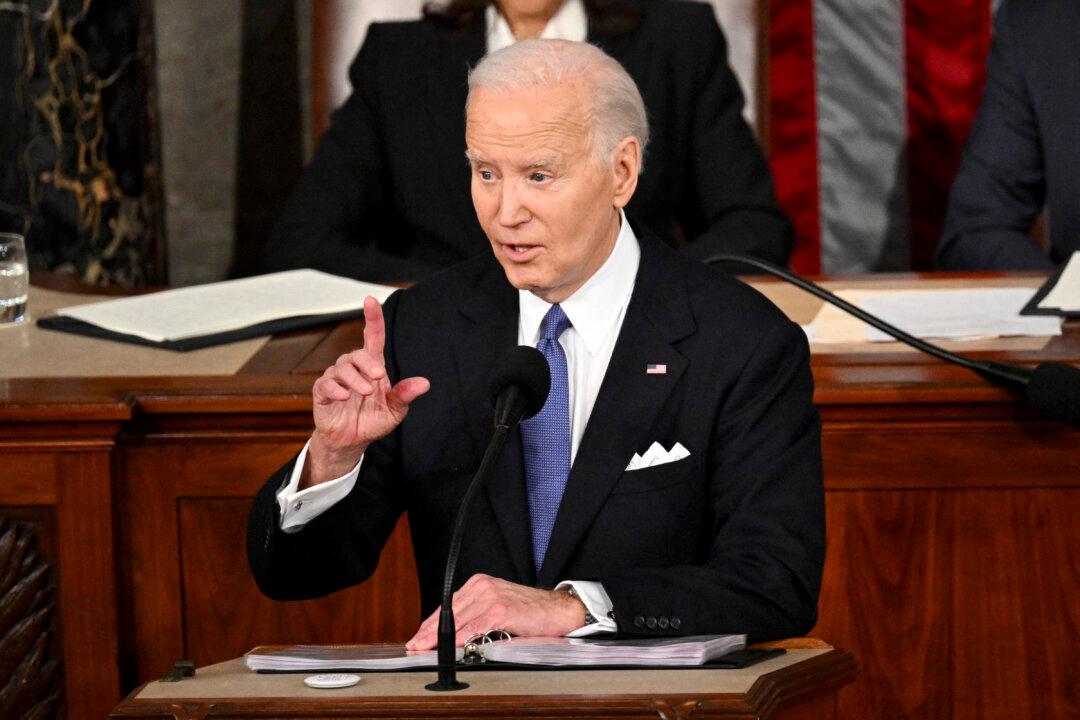The White House projected in its latest budget proposal that the U.S. government will add trillions of dollars more to the national debt over the next decade amid sky-high annual budget deficits.
Administration officials released President Joe Biden’s $7.3 trillion budget framework for fiscal year 2025, which aims to tackle various issues, including crime, border security, and the federal deficit.





